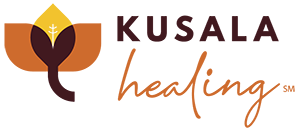Introduction
The I Ching, also known as the Yi Jing, is a timeless treasure that has captivated the hearts and minds of people for millennia. This ancient Chinese text serves as both a divination tool and a philosophical guide, offering wisdom that transcends time and culture. In this article, we’ll explore the historical background, core concepts, and the enduring significance of the I Ching in Chinese culture, medicine, and divination.
Historical Context and Evolution
The I Ching’s origins can be traced back to the Western Zhou period, around 1000 BCE. What started as a simple collection of linear signs used for divination evolved into a complex system of 64 hexagrams. Each hexagram consists of six lines that can be either discontinuous (Yin) or continuous (Yang). Over the centuries, the text has been enriched by commentaries from Confucian and Daoist scholars, making it a foundational work in Chinese philosophy and religion. Its principles have been applied in various fields, from governance and military strategy to art and medicine.
Core Concepts – Hexagrams, Yin and Yang
At the heart of the I Ching are its 64 hexagrams. These hexagrams are interpreted in various ways, often through the lens of the text’s accompanying commentaries, to provide insights into questions or dilemmas. One unique aspect of the I Ching is its embrace of chance and randomness. Traditionally, hexagrams are generated using a set of 50 yarrow stalks or a three-coin method, allowing the querent to tap into the wisdom of the universe in a seemingly random yet profoundly meaningful way.
The concept of Yin and Yang is also central to the I Ching. These two forces represent the dual nature of existence—dark and light, passive and active, feminine and masculine. The interplay between Yin and Yang is reflected in the composition of each hexagram, offering a nuanced understanding of the situation at hand.
Significance in Chinese Culture, Medicine, and Divination
The I Ching holds a special place in Chinese culture. Its teachings have influenced art, literature, and even the martial arts. In the field of medicine, the I Ching is used to understand the flow of Qi, the vital energy that sustains life. Practitioners often consult the I Ching for diagnostic purposes, offering a holistic approach to healthcare that considers both the physical and metaphysical aspects of well-being.
In the realm of divination, the I Ching serves as a mirror to the soul, offering insights that help individuals make informed decisions. Whether you’re facing a career change, relationship issues, or existential questions, the I Ching provides a framework for understanding the complexities of life.
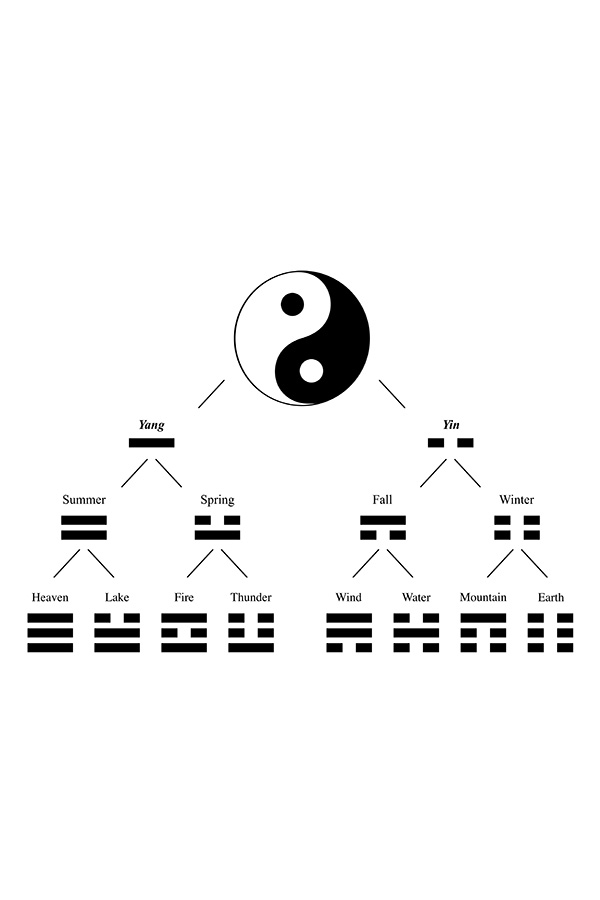
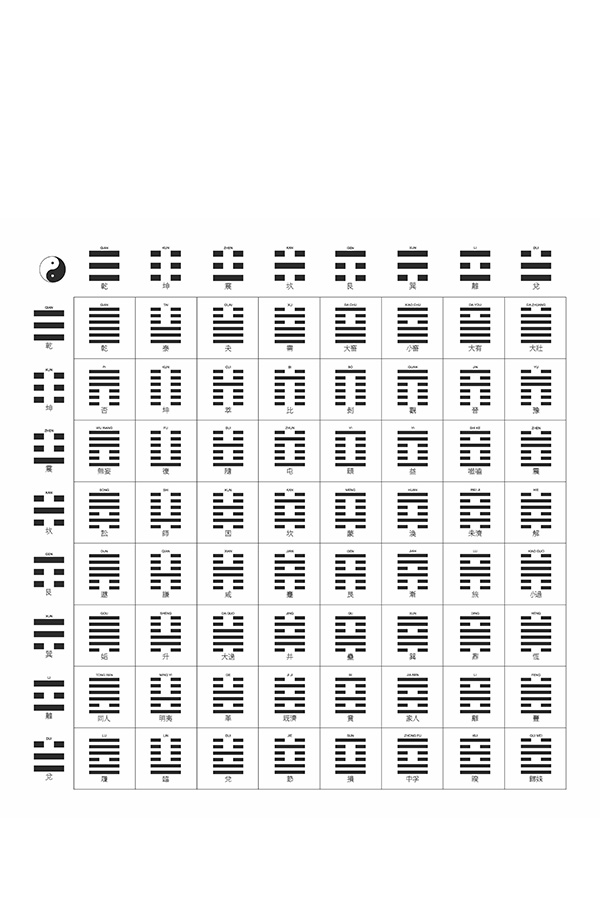
The I Ching in Chinese Medicine
A Integrative Approach to Healing
The I Ching, or Yi Jing, is not just a tool for divination or a philosophical text; it’s also a valuable resource in the field of Chinese medicine. This ancient oracle offers a unique perspective on diagnosing and treating various health conditions, emphasizing the importance of balance and harmony in the body and mind. In this section, we’ll explore how the I Ching is used in Chinese medicine, its relationship with Qi, and the ethical considerations involved in medical divination.
Diagnostic Methods Using I Ching
In Chinese medicine, the I Ching serves as a diagnostic tool that complements other methods like pulse diagnosis and tongue examination. Practitioners may consult the I Ching to gain insights into the underlying imbalances that contribute to a patient’s condition. The hexagrams generated during a reading can offer clues about the flow of Qi, or life force, in the body, helping to identify blockages or deficiencies that need to be addressed.
Relationship with Qi
Qi is a central concept in Chinese medicine, representing the vital energy that flows through the body’s meridians. The I Ching provides a framework for understanding the movement and balance of Qi, often in relation to the principles of Yin and Yang. For instance, a hexagram with more Yang lines might indicate excessive heat or activity in the body, suggesting the need for cooling or calming treatments. Conversely, a hexagram with more Yin lines could point to a deficiency or stagnation, requiring therapies that invigorate and stimulate the flow of Qi.
Case Studies or Examples
To illustrate the I Ching’s application in Chinese medicine, consider a patient experiencing chronic fatigue. A practitioner might consult the I Ching and draw a hexagram associated with the Earth element, which is linked to the spleen and stomach in Chinese medicine. This could suggest a deficiency in these organs, leading to poor digestion and low energy. The practitioner could then prescribe acupuncture points and herbal formulas that strengthen the Earth element, along with dietary recommendations to support spleen and stomach health.
Ethical Considerations in Medical Divination
While the I Ching offers valuable insights, it’s crucial to approach its use in medicine with ethical integrity. Practitioners must be well-versed in both the I Ching and the principles of Chinese medicine to provide accurate and responsible care. Additionally, the I Ching should not replace conventional diagnostic methods but rather serve as a complementary tool that enriches the practitioner’s understanding of the patient’s condition.
Ba Zi
UNLOCKING THE FOUR PILLARS OF DESTINY
Ba Zi, commonly known as the Four Pillars of Destiny, is a profound system of Chinese astrology that has been used for centuries to understand human behavior, predict future events, and even diagnose medical conditions. Rooted in the same philosophical traditions as the I Ching, Ba Zi offers a personalized approach to health and well-being by analyzing the unique elemental makeup of an individual. This article explores the components of Ba Zi, its historical context, and its applications in patient treatment.
HISTORICAL CONTEXT
The practice of Ba Zi dates back to the Han Dynasty, around 206 BCE to 220 CE, and has evolved over millennia. It incorporates various elements of Chinese cosmology, including the Wu Xing (Five Phases) and the principles of Yin and Yang. Over time, it has been refined and integrated into different aspects of Chinese culture, including medicine, where it serves as a diagnostic and prognostic tool.
COMPONENTS OF BA ZI
A Ba Zi chart is constructed using the Four Pillars: Year, Month, Day, and Hour. Each pillar is associated with a set of heavenly stems and earthly branches, which correspond to the five elements — Wood, Fire, Earth, Metal, and Water — and the dual forces of Yin and Yang. By analyzing these pillars, practitioners can gain insights into an individual’s physical constitution, emotional state, and even potential life challenges.
PSYCHOLOGICAL PROFILING BASED ON BA ZI
One of the most intriguing applications of Ba Zi is in psychological profiling. The elemental composition of a person’s Four Pillars can reveal a lot about their personality, emotional tendencies, and even their aptitude for certain careers. For example, a person with a strong Fire element may be outgoing and passionate but may also be prone to impulsivity. Understanding these nuances allows for a more targeted approach to mental health, offering therapies that not only treat symptoms but also address underlying personality traits.
BA ZI IN PATIENT TREATMENT
In Chinese medicine, Ba Zi is used to offer a more personalized treatment plan. By understanding the elemental imbalances in a patient’s Ba Zi chart, practitioners can tailor therapies to harmonize these elements, whether through acupuncture, herbal medicine, or lifestyle changes. For instance, a person with a strong Metal element might benefit from treatments that strengthen the Water element to bring about balance.
Moreover, Ba Zi can provide psychological insights that are invaluable for treatment. Understanding the emotional tendencies and stressors that a patient may be prone to can help in devising a holistic treatment plan that addresses both the mind and body.
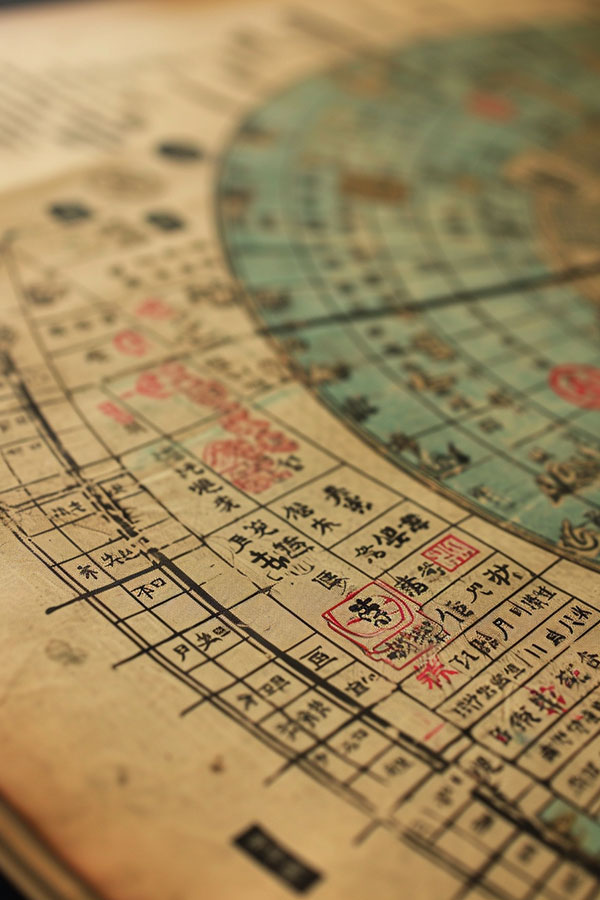
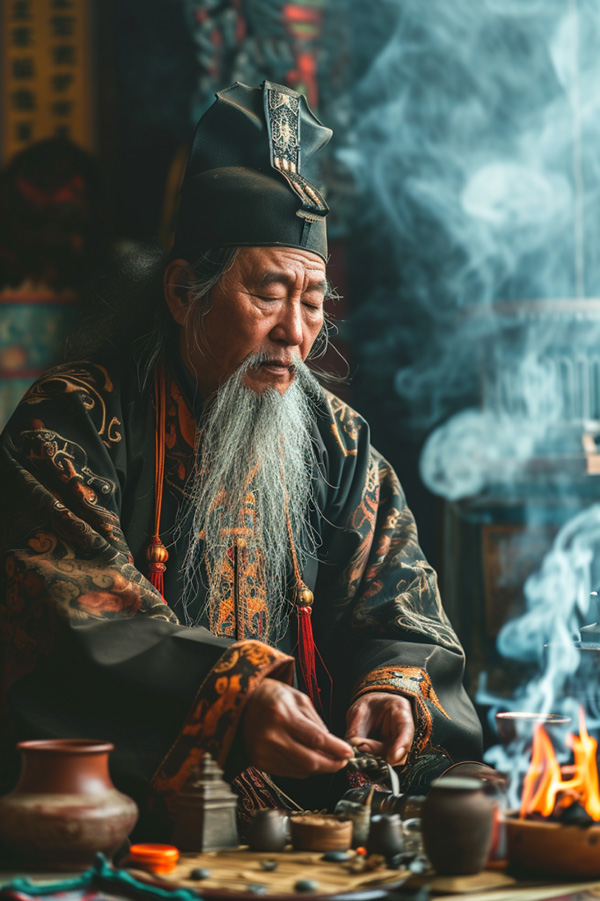
PERSONALIZED HEALING WITH BA ZI
THE FOUR PILLARS OF DESTINY IN PATIENT TREATMENT
In the world of Chinese medicine, the concept of personalized healing takes on a whole new dimension with the use of Ba Zi, or the Four Pillars of Destiny. This ancient system of Chinese astrology provides a unique lens through which to view an individual’s health, offering insights that can be invaluable in creating a tailored treatment plan. In this next section of the article, we’ll explore how Ba Zi is used in patient treatment, from diagnosing elemental imbalances to providing psychological insights for integrative care.
PERSONALIZED MEDICINE APPROACH
Ba Zi is not a one-size-fits-all approach; it’s the epitome of personalized medicine. By analyzing an individual’s Four Pillars — Year, Month, Day, and Hour — practitioners can gain a deep understanding of the patient’s elemental constitution. This information is then used to tailor treatments that aim to bring the five elements — Wood, Fire, Earth, Metal, and Water — into harmony, thereby promoting overall well-being.
ELEMENTAL IMBALANCES AND TREATMENT PLANNING
Each of the Five Elements in a Ba Zi chart corresponds to specific organs, emotions, and physiological processes. For example, the Wood element is associated with the liver and gallbladder and governs the emotion of anger. If a patient’s Ba Zi chart shows an imbalance in the Wood element, the practitioner may recommend treatments like acupuncture, herbal remedies, or dietary changes that specifically target liver health and emotional balance.
PSYCHOLOGICAL INSIGHTS AND HOLISTIC CARE
Beyond physical health, Ba Zi can offer psychological insights that are crucial for an integrative approach to treatment. By understanding the emotional and psychological tendencies indicated in a patient’s Ba Zi chart, practitioners can offer therapies that address the mind-body connection. For instance, a patient with a strong Water element, associated with fear and the kidneys, might benefit from therapies that not only strengthen kidney function but also address underlying anxieties or fears.
CASE STUDIES DEMONSTRATING BA ZI IN PRACTICE
To illustrate the practical application of Ba Zi in patient treatment, consider a patient suffering from digestive issues and anxiety. A Ba Zi analysis might reveal an imbalance in the Earth element, which is linked to the stomach and spleen and the emotion of worry. Armed with this insight, the practitioner could prescribe a treatment plan that includes acupuncture points to strengthen the Earth element, herbal formulas to improve digestion, and mindfulness techniques to reduce anxiety.
THE DANCE OF ELEMENTS AND ENERGIES
WU XING AND YIN-YANG IN I CHING AND BA ZI
The concepts of Wu Xing (Five Phases) and Yin and Yang are foundational to Chinese cosmology and medicine. These principles not only stand alone as philosophical constructs but also deeply influence practices like the I Ching and Ba Zi. In this last section of the article, we’ll explore how Wu Xing and Yin and Yang interact and influence these ancient systems of divination and medicine.
OVERVIEW OF WU XING (FIVE PHASES)
Wu Xing refers to the Five Phases or Elements — Wood, Fire, Earth, Metal, and Water — that are believed to be the fundamental elements of everything in the universe. Each element has its own characteristics and associations with specific organs, emotions, and even directions. In both I Ching and Ba Zi, the Five Phases serve as a framework for understanding the complexities of life and health.
INTERACTIONS AMONG THE FIVE PHASES
The Five Phases are in a constant state of interaction, defined by cycles of generation, control, and imbalance. For example, Wood feeds Fire, Fire creates Earth, Earth bears Metal, Metal collects Water, and Water nourishes Wood, completing the generative cycle. Understanding these interactions is crucial for interpreting I Ching hexagrams and Ba Zi charts, as they can indicate areas of harmony or imbalance in one’s life or health.
FUNDAMENTAL PRINCIPLES OF YIN AND YANG
Yin and Yang are the dual forces that represent the natural dualities in the universe, such as dark and light, female and male, and passive and active. In the context of I Ching and Ba Zi, Yin and Yang are represented in the lines of hexagrams and the heavenly stems of the Four Pillars, respectively. They provide a nuanced layer of interpretation, adding depth to the elemental insights offered by Wu Xing.
HOW WU XING AND YIN AND YANG INFLUENCE I CHING AND BA ZI
In I Ching, the hexagrams often contain elements associated with the Five Phases, and their Yin or Yang attributes offer additional layers of meaning. For example, a hexagram with a strong Fire element and Yang attributes might suggest a situation that requires action and could lead to transformative change.
In Ba Zi, the Five Phases appear in the heavenly stems and earthly branches of the Four Pillars. The Yin or Yang nature of these stems and branches can indicate whether an element is manifesting in a more passive or active manner in a person’s life, thereby influencing their health, behavior, and destiny.
PRACTICAL APPLICATIONS AND CASE STUDIES
Understanding the interplay between Wu Xing and Yin and Yang can offer practical insights in various life scenarios. For instance, a Ba Zi chart dominated by the Metal element and Yang energy might suggest a person who is strong-willed but potentially rigid. In such cases, balancing therapies could focus on introducing the Water element and Yin energy to encourage flexibility and flow.
CONCLUSION
The intricate dance between Wu Xing and Yin and Yang offers a rich tapestry of wisdom that enhances the practice and interpretation of I Ching and Ba Zi. Whether you’re a practitioner of Chinese medicine, a student of divination, or simply someone seeking deeper self-understanding, these ancient concepts provide valuable tools for navigating the complexities of life and health.

